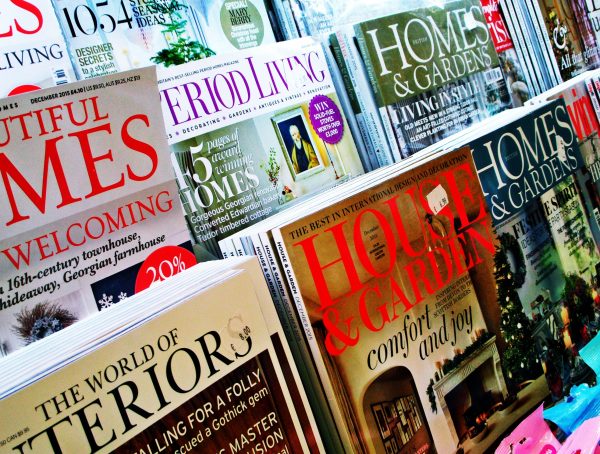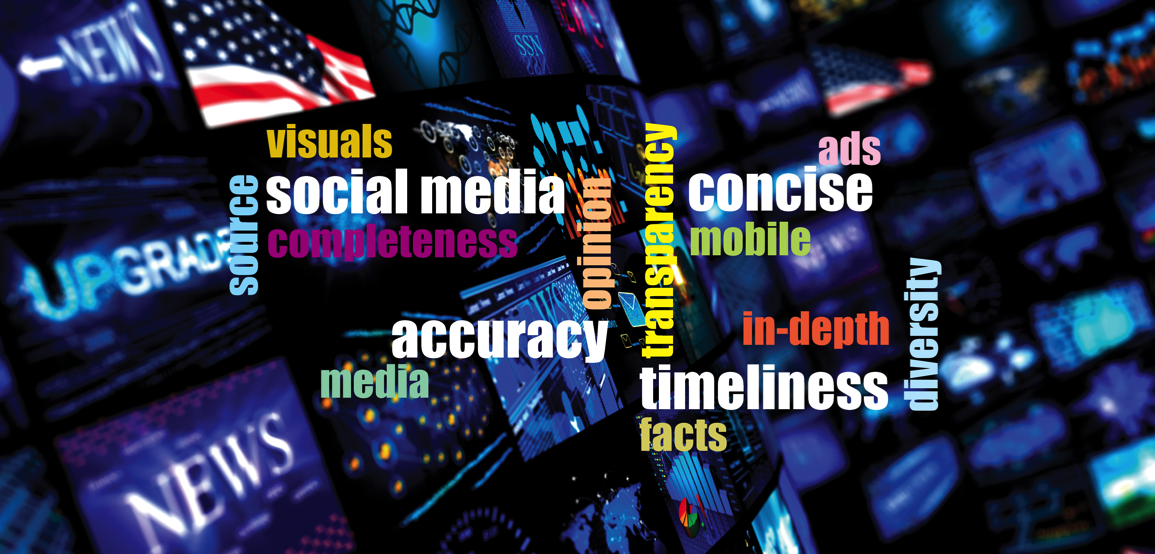By Amy Reynolds and Gary Hicks
Campaign events. Generic video. Candidate soundbites. Those were the staples of local TV stations’ election coverage two years ago-in other words, business as usual. And despite the increasing importance of the Internet in providing campaign information, new research finds that most local stations made little or no effort in 2000 to direct viewers to their own Web sites for additional political coverage. The study did find one positive change: for once, TV newsrooms spent more time examining issues than covering the horserace.
The NewsLab-sponsored study analyzed 280 election-related stories from seven stations in six markets: KHOU, Houston; WRTV, Indianapolis; WHAS and WLKY, Louisville; KOCO, Oklahoma City; WTXF, Philadelphia; and WFLA, Tampa. Forty-one percent of the stories focused on campaign activities or events, such as endorsements, campaign stops and rallies, debates and fundraising efforts. That’s no surprise-these events are a hallmark of campaign coverage year in and year out. But what is unusual is the amount of time devoted to horserace polls and the “who will win” question in 2000.
This analysis shows that only 12% of the stories focused on the horserace aspect of news. Issue-driven coverage actually came in second behind event coverage, comprising 16% of all stories on local, state and national campaigns. The most popular issues covered by these seven stations were the economy (21%), local issues of importance (17%), Medicare/Medicaid (14%), social security (11%) and crime (5%).
Still, there’s no evidence that this issue coverage looked any different from all the other campaign stories on the air. The most popular visuals for any story, whether event-focused or issue-focused, fell under the umbrella of generic candidate and election-related video. These visuals appeared in 41% of all stories that included video. Second to general election video were sound bites (26%), followed by graphics with general election or poll information (11%). Issue-related video only appeared in 8 of the 273 stories that included video-a mere three percent
A comparison of stories by both primary focus and primary video shows that of the 45 issue-related stories only 6 contained issue-related video as their primary visual; one used an issue-related graphic as its primary visual. Most of the issue-related stories used generic candidate and election event video.
The analysis also looked at whether these stations promoted election coverage on the Internet and found that, overwhelmingly, they did not. Only ten percent of all stories included a graphic or any mention of a station’s Web site. Most of those stories aired on KOCO in Oklahoma City, which directed its viewers to its Web site for additional election information 39% of the time. During the time period and newscasts studied, two stations–WLKY in Louisville and WTXF in Philadelphia–made no mention at all of election coverage on their Web sites.
When the analysis is completed in a few months it will include coverage from KVUE, Austin, Texas; WEWS, Cleveland; WESH, Orlando; KNXV, Phoenix; KING, Seattle; and WFTS, Tampa. The additional data could have an impact on these preliminary findings. The content of all of the stations’ Web sites will also be analyzed to find out if they used the Web to offer more detailed information that simply wouldn’t fit into a traditional television news package, even if they didn’t promote their Web sites on-air.
For now, though, the results suggest that local TV stations did little to provide their viewers with more context or substance in their campaign coverage two years ago. The study serves as a challenge to newsrooms as the 2002 campaign gets underway.
References:
- Amy Reynolds teaches journalism at Indiana University. She conducted this study along with Gary Hicks of Southern Illinois
- Another study of local campaign coverage found significant differences between station groups. Read more at http://www.learcenter.org/pdf/campaignnews.PDF
- Read a study of network coverage of campaign 2000 at http://www.appcpenn.org/press/political-freetime-release-122000.asp








